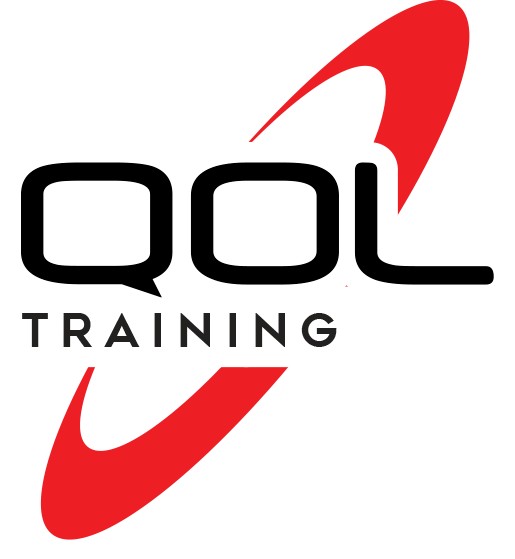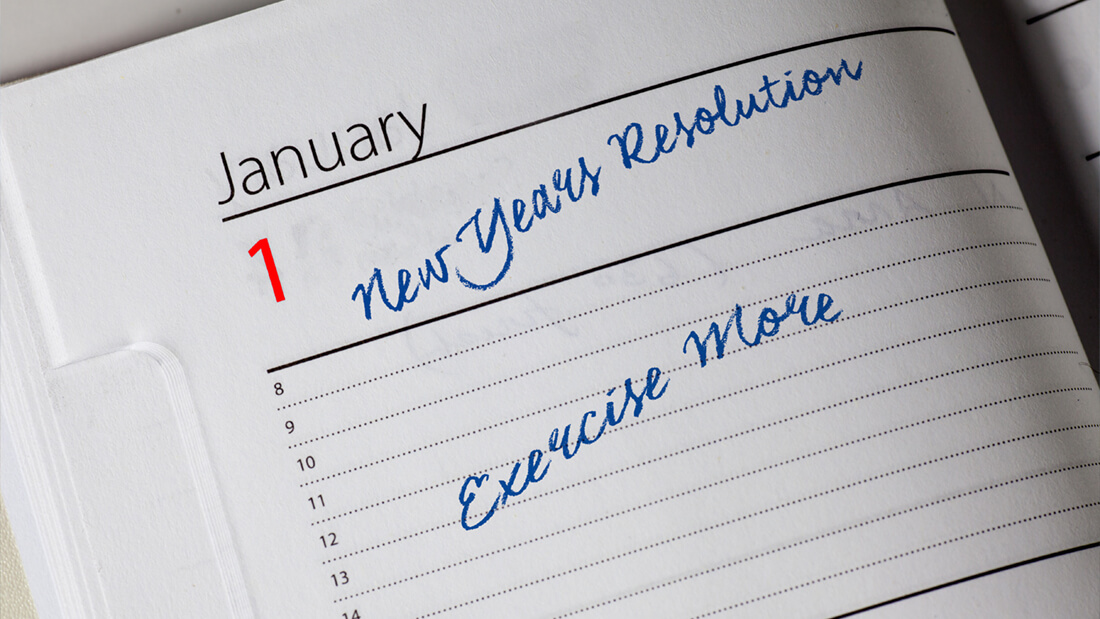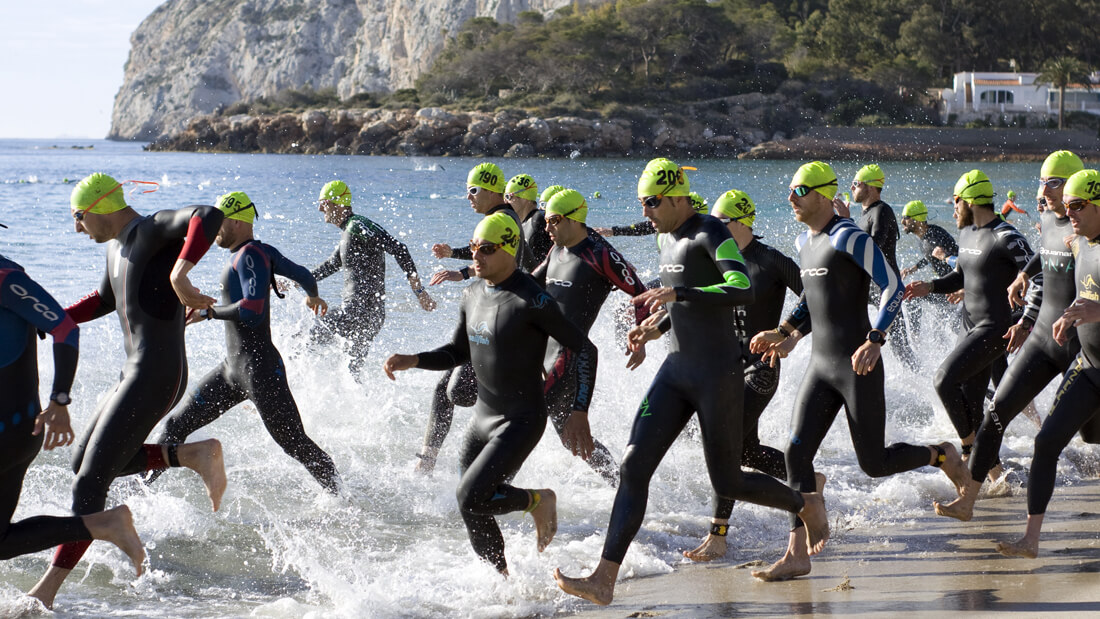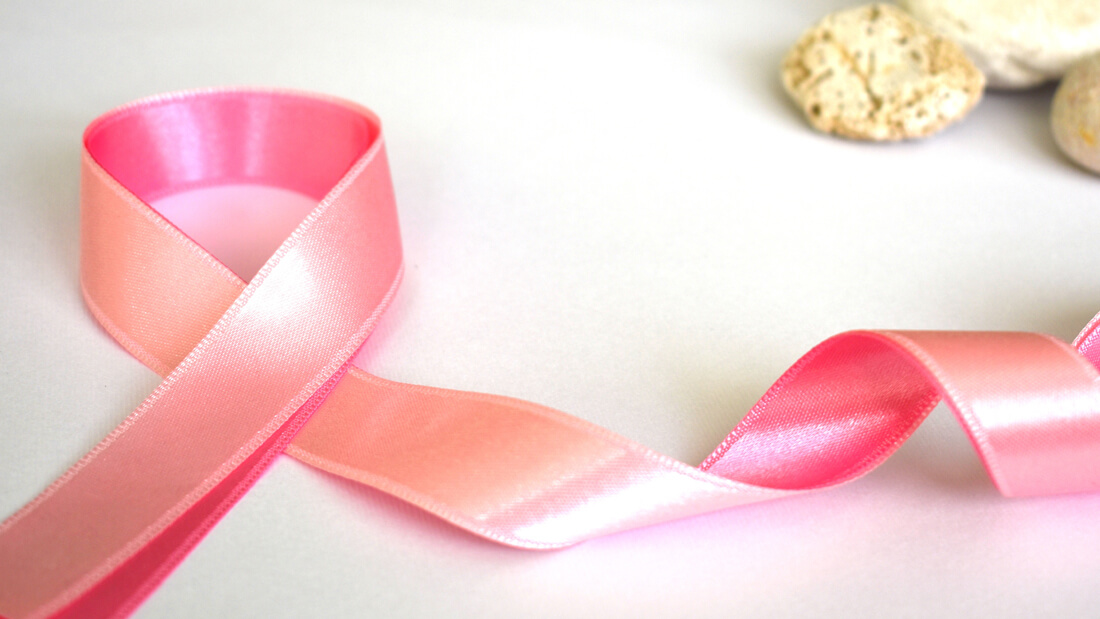New Year Training. How to get it right and how to avoid going wrong
You got all the gear for Christmas, and you probably got a Joe Wicks book too. When the clock strikes midnight on the 31st your motivation will peak at new levels, drop for 12 hours as you nurse that hellish hangover and then peak again. “I am ready! This is the year! This is my time! Let’s Do this!”
You are going to the gym and you are going to be a superstar you will HIIT, burn, WOD and shred your way to better, leaner more perfect you. You are going to kick ass.
STOP!
Slow down there! Sorry to be the one to poop the party before it even gets going but after nearly 30 years as a personal trainer, I have seen this before. Believe me when I say, it hardly ever ends well.
Now let’s be clear, I am the last one to discourage you from exercising and getting fitter and better. It is my career. It is what I live for. I just want you to do it right. Enthusiasm is a beautiful thing but too much of it in the proximity of muscles, tendons, ligaments, and bones isn’t always the recipe for success.
This year allow me to assist you with my what to do and what to avoid when it comes to new year training:
DO – Get started. Of course, starting exercise is a good idea but remember you don’t need to be The Rock on your first day at the gym.
DON’T – Set yourself an intimidating target for your first 2 weeks. Just aim to be exercising. Aim for 2-3 training days each of your first 2 weeks. This is the key to changing your behaviour and ingraining good habits as part of SMART goal setting (more of that later).
DO – Make training progressive. The idea is that training should gradually get harder, week to week, month to month, year to year. Increments should be small and proportional to what you have done before. If it’s been a long time (6 months or more) since you exercised, then almost anything will give some initial gains.
DON’T – Come too Hard Out of The Blocks. Don’t make your initial workouts (first 3-4) overly intense. People often waste too much intensity in the early stages when they would improve on quite a lot less. The aim of these early stages is to learn about what your body can do and get it used to being worked again. Identify your strengths and weaknesses and then replan your training taking these into account.
DO – Set SMART Goals (Specific, Measurable, Attainable, Realistic and Time appropriate). If you do this well really help you to succeed. “I will do 3 x 45-minute training sessions of mixed resistance and cardio every week for 4 weeks” is a much more clearly defined goal than I will exercise more and try to get fitter.
Equally setting a target weight loss of 6 -7 pounds over 8 weeks with an average of a pound a week is specific and realistic whereas aiming to lose a stone as quickly as possible is much less well-defined and therefore less attainable. We will still have to work hard to hit our targets, but we can plan much more effectively and increase the chances of success.
DON’T – Set Huge Overarching Targets. It’s laudable to run a marathon but it’s certainly not necessary. Equally unless you a professional athlete training 6 times a week for 50 weeks a year while working full-time and bringing up a family is not especially realistic. Set targets that push you to work and improve without destroying yourself. If you have an ambitious target or life- long dream, then plan carefully and set a series of time-framed steppingstones that build you towards your goal.
DO – Take Rest. Remember the training equation. Work plus rest leads to adaptation. In short, the body must be allowed to recover in order to improve. For anyone returning to exercise after a long absence I would say 2 proper rest days a week is the absolute minimum you should take. Get the best sleep you can, feed your body properly and allow enough space in schedule for exercise to sit without adding to stress levels.
DON’T – Burnout – Going to the well again and again can drain your reserves and break your body down causing exhaustion, injury, and muscle loss. Overtraining can be destructive and demotivating so stick to your plan and make appropriate adjustments when necessary.
Do – Get Help – Talk to a trainer and even if you don’t’ sign up you will get some good advice for free and guidance on where to look to educate yourself. Try to look at reputable sources of information and talk to other people who exercise but get a range of views rather than one person’s opinion.
DON’T -Fall Victim to Peer Pressure. It can be great to have the support of family and friends and training with someone can be motivating but training with a buddy can be a double-edged sword. Is it your workout or theirs? Are the exercises right for you? Remember you are an individual and if you are starting out a routine that is tailored around you may be a better idea. One person’s massive gains can be another person’s tendonitis.
DO – Be Patient– If you are consistent and work hard it will happen. Don’t build pressure on yourself. It’s a cliché but enjoy the journey. Exercise has many benefits, so it doesn’t matter if they don’t all come at once.
DO – Still be exercising this time next year and the next and the next. The rule is to keep going, progression can be steady but the longer you keep exercising the more the benefits will be retained.
DON’T – Give UP. Never ever give up!





